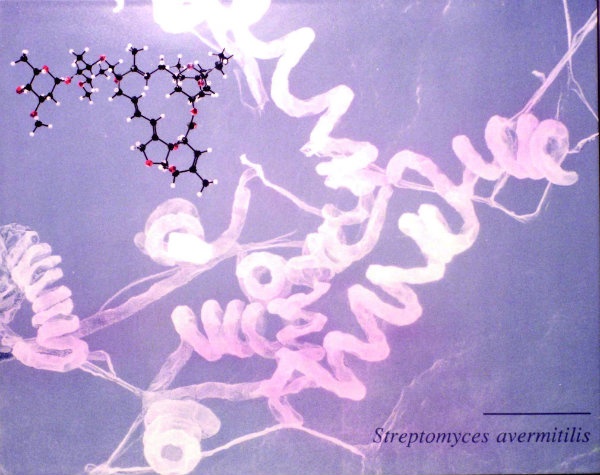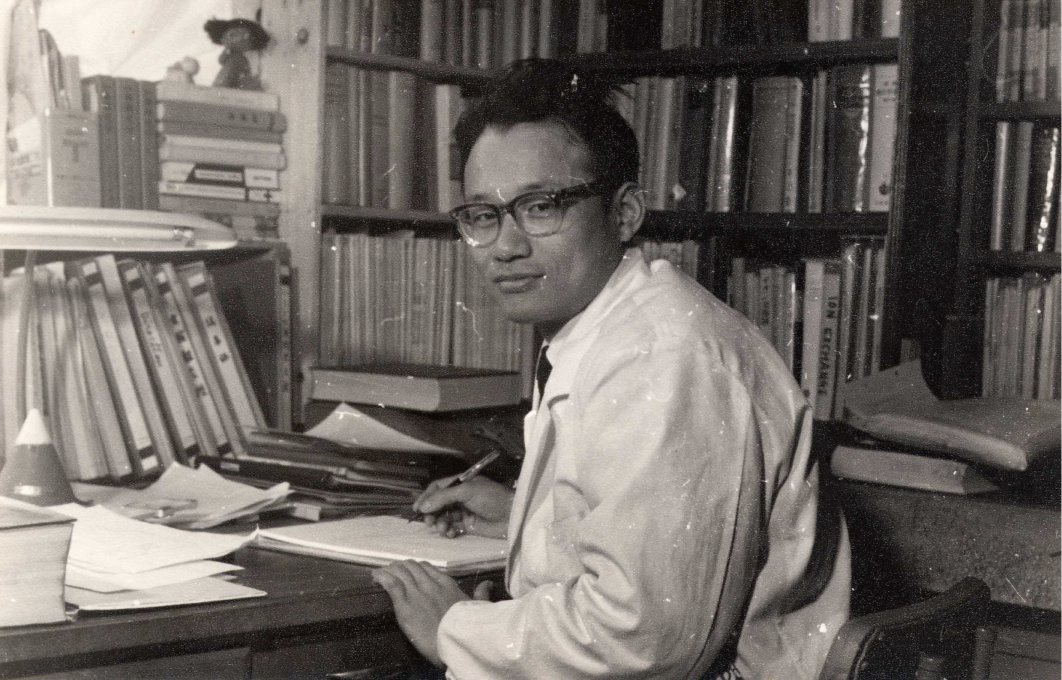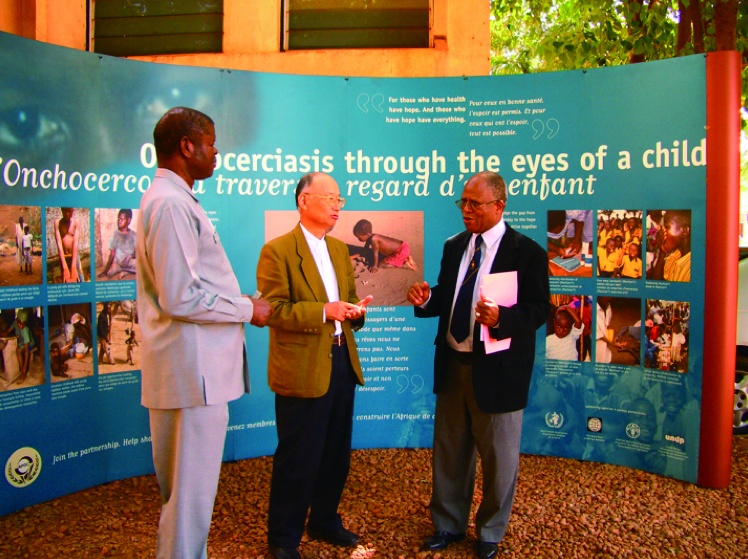Finding Remedies in the Soil
Satoshi Ōmura, distinguished emeritus professor at Kitasato University in Tokyo, shared the 2015 Nobel Prize in Physiology or Medicine for his work in discovering the base compound of ivermectin, an organic chemical that is rescuing hundreds of millions of people in Africa and Latin America from the threat of devastating tropical diseases.
By Highlighting Japan
http://www.gov-online.go.jp/eng/publicity/book/hlj/html/201512/201512_09_en.html
A bioorganic chemist, he has identified numerous compounds produced by microbes, designated their structure and contributed to the development of many pharmaceutical drugs. When asked for his reaction to winning the prize, Omura replies: “I would like to share half of my award with microorganisms.”
In 1975, Omura discovered that a new type of actinomycete bacteria in the soil of a Shizuoka Prefecture golf course produced the compound avermectin, which possesses unique and unprecedented antiparasitic properties. Collaborating with the U.S.-based pharmaceutical company Merck, he developed avermectin into a more potent derivative, ivermectin, which was marketed commercially in 1981 as an antiparasitic veterinary drug.
Merck scientists and World Health Organization experts subsequently demonstrated that ivermectin was highly effective against onchocerciasis (river blindness), a disease that had plagued human populations in Africa for centuries. This work led to ivermectin, marketed under the brand name Mectizan®, being registered for human use and immediately donated for as long as needed to combat onchocerciasis.





